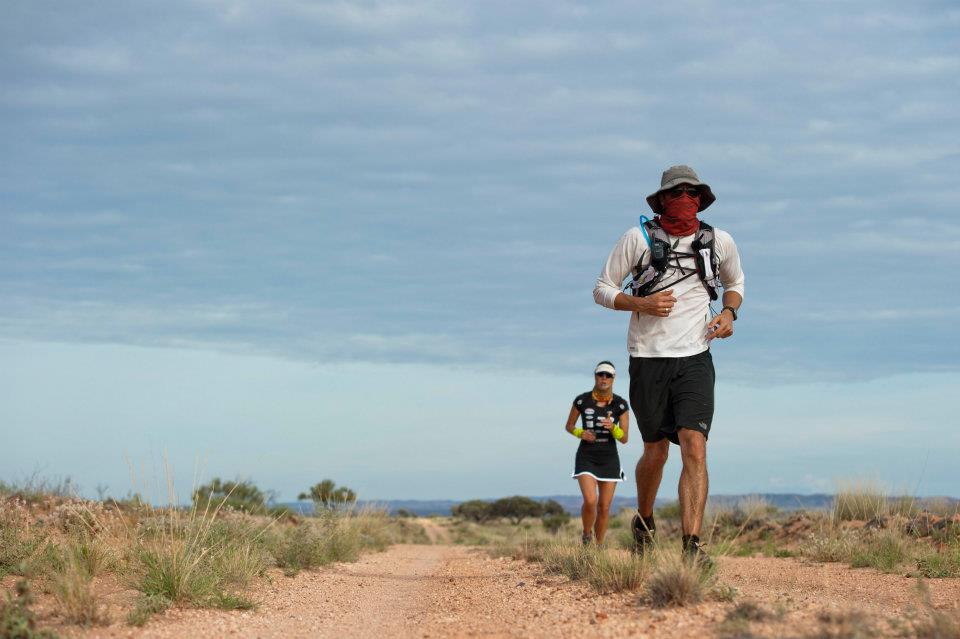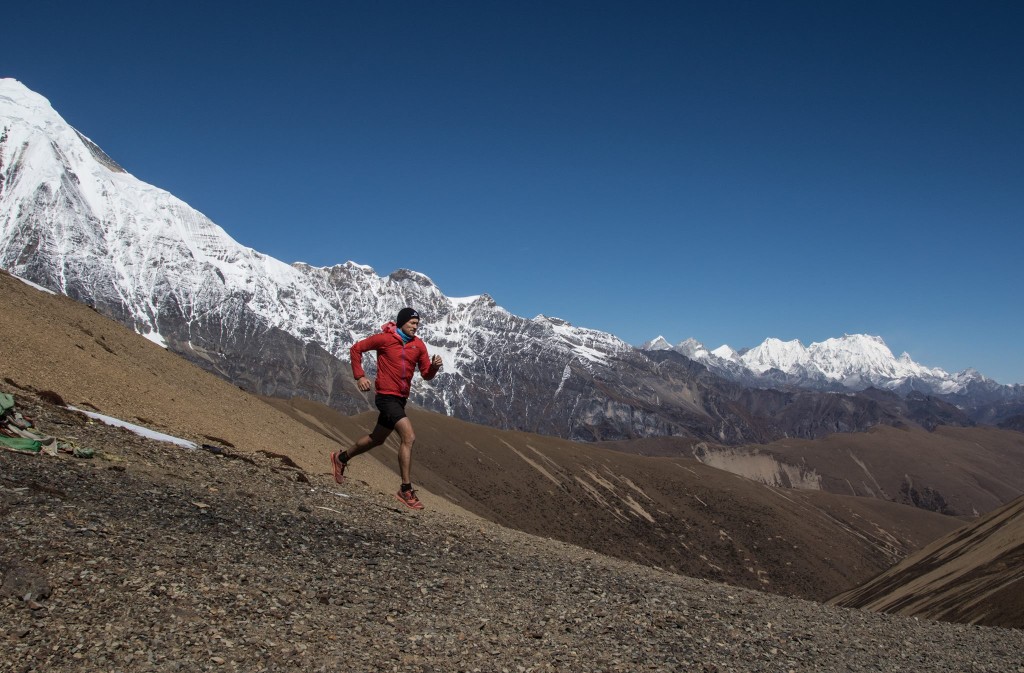Trail running almost killed me. Twice.
Both times I faced The Moment. That’s the one where, as melodramatic as it sounds, you think: “This is it. This is the moment it all fades to black”. It’s not so much a ‘goodbye cruel world’ moment; more a ‘you dickhead, what have you done?!’ moment.
This is a bit drama queen-y, I know, and in retrospect embarrassing, because I know better. Trail running involves risk and therefore should involve risk management. Judge the risks and manage them appropriately.
Indeed, as someone who guides people on trail running tours, and whose job it is to keep them alive, at times my self-preservation is a little lacking. I’ll note here that both instances of stepping along what I thought to be my final trail, I was not responsible for anyone else’s safety other than my own – I wasn’t guiding, rather in both instances I was working on film shoots (perhaps I should stay away from the camera). When safety is not critical to others, I’m often hopeless.
At least the first time I nearly ran to my own oblivion there was the excuse of actually being an idiot. That is, I was not an overly experienced trail runner at that time and I had never run an ultra. Indeed, that was the point: we were filming a pilot for a proposed documentary series that looked to re-create stories of impressive feats of endurance throughout history. I was the numpty newbie cast against my co-host, an uber-experienced ultra runner. The contrast in experience and knowledge was part of the dramatic equation. And boy did my numptiness provide the conflict-drama-resolution required for good television.

We had set off from an outback station called Hermannsburg, in the Northern Territory, to retrace the steps of a little-known feat that saw aboriginal stockman, Hezekiel Malbunka, run 260km across the harsh outback, into and back from Alice Springs Telegraph Station. His impromptu mission was in order to save the life of his station master, Carl Strehlow, who was dying of consumption. This was way back in 1922. He was, perhaps, the first ultra runner in Australian history, even though he was no recreational runner (aborigines know better than to run in a hot desert). But he knew he’d be faster than a horse that needed to be fed and watered.
As it turned out, I was a horse. I needed a nutrition and hydration plan, but not having any experience at the ultra distance, I paid little heed to notions of calories and fluid intake, despite it being a 45-degree day.
Looking back at the pilot episode, I should have listened more intently. I reference a scene where my co-host, ultra running veteran Lisa Tamati, briefs me on something called a tetany seizure. The camera cuts to me. I am clearly not listening.
Fast forward to the next day, 93km in and me spewing and screaming my guts out as I go down with a… tetany seizure. Take your worst-ever cramp, times it by 1000 and apply it over your entire body. That’s tetany – it kills via stopping your heart once the muscles have contracted and become immobile, like concrete. No pumpedy-pump. Stone. Dead.
I saw the light. The blackness came. I made a conscious (barely) decision to fight, mentally pushing it back to a wider tunnel. I lived. Obviously.
The second Moment was a yin to the desert incident yang: it happened in the high altitude of the Himalayas. It was because of altitude: I was dying of a pulmonary oedema. Coughing up the last vestiges of life along with sputum and with about an inch of useable lung cavity left, I was drowning at 4500m and as far from any ocean as you could be.
But back to ‘The Moment’. The brain does what it needs to do to protect you from the pain, by dislocating you from it. You’re being is separated from it. You hear yourself screaming, you know the pain is there, but it is abstract. Then the black tunnel – or as more often described, the white light – comes for you. And as it does there is a powerful sense of peace, like none I have ever experienced.
Throughout life, it seems, there is always an anticipation of something, anything, a sense of dread, a sense of anxiety, that feeling of mentally leaping forward in time and wondering, what next, what will happen, will everything be alright? Ever-present questions with no answers. Well, in this moment, you have the answers. Not to all the questions that have washed through your mind throughout your life like a tsunami on repeat. But you know the Big Answer: things will not be alright now. Not for you. You are about to die. It is over. Gone. Nothing – absolutely nothing – you can do about it. And therein lies the peace: the release and acceptance that you have no power to change the outcome. You let go. You freefall. And I tell you, you smile. It is such an all-encompassing feeling of relief and acceptance. And yet…
… and yet. You know what is even more powerful? The will to live. The want to go back to those never-ending questions of life. The pull of the challenge. The pull of life’s pain, physical and mental is, one realises in The Moment, a beautiful and more powerful thing than the lure of a blissful death. Life is a force that at once grinds but lights us up. For if life was to be filled with that all-encompassing peace, we would be habituated to it, and therefore it would become a grind of its own.
My kisses of death did not lure me into the tunnel. Rather they were kisses of life. A life that for all its challenges, I choose over taking the freefall.

Life is like a run you begrudgingly force yourself on, knowing it will hurt, the pain will come, the doubt will surface, the confusion will spike, the failure will loom, but you take it on anyway. And the black hole appears and abates, the bright light actually does get bigger but not because you’re running towards “the other side”, the light gets brighter because you’re choosing to run back to life, and the painfully beautiful challenge ahead.
– Chris Ord, Editor, Trail Run Mag








